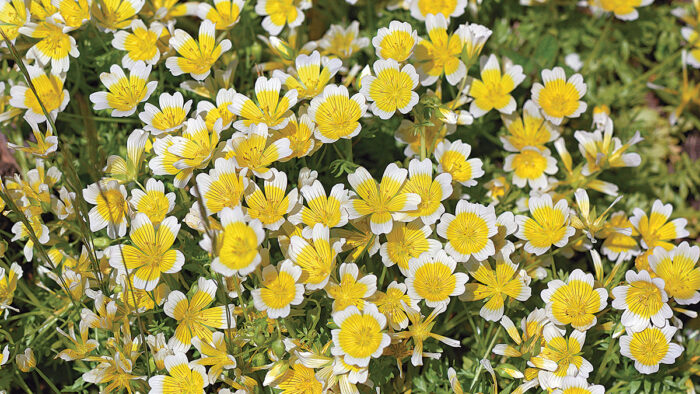
Growing native plants is the gardening equivalent of having your cake and eating it too. Not only are these plants beautiful and more likely to thrive in your landscape, they also play a crucial role in sustaining the living landscape for pollinators, birds, and other animals.
For their seemingly endless benefits, it’s always worth adding another native plant to your garden. Below, find native plants for Northern California that will please human, animal, and insect guests in your garden.
1. California Wild Rose
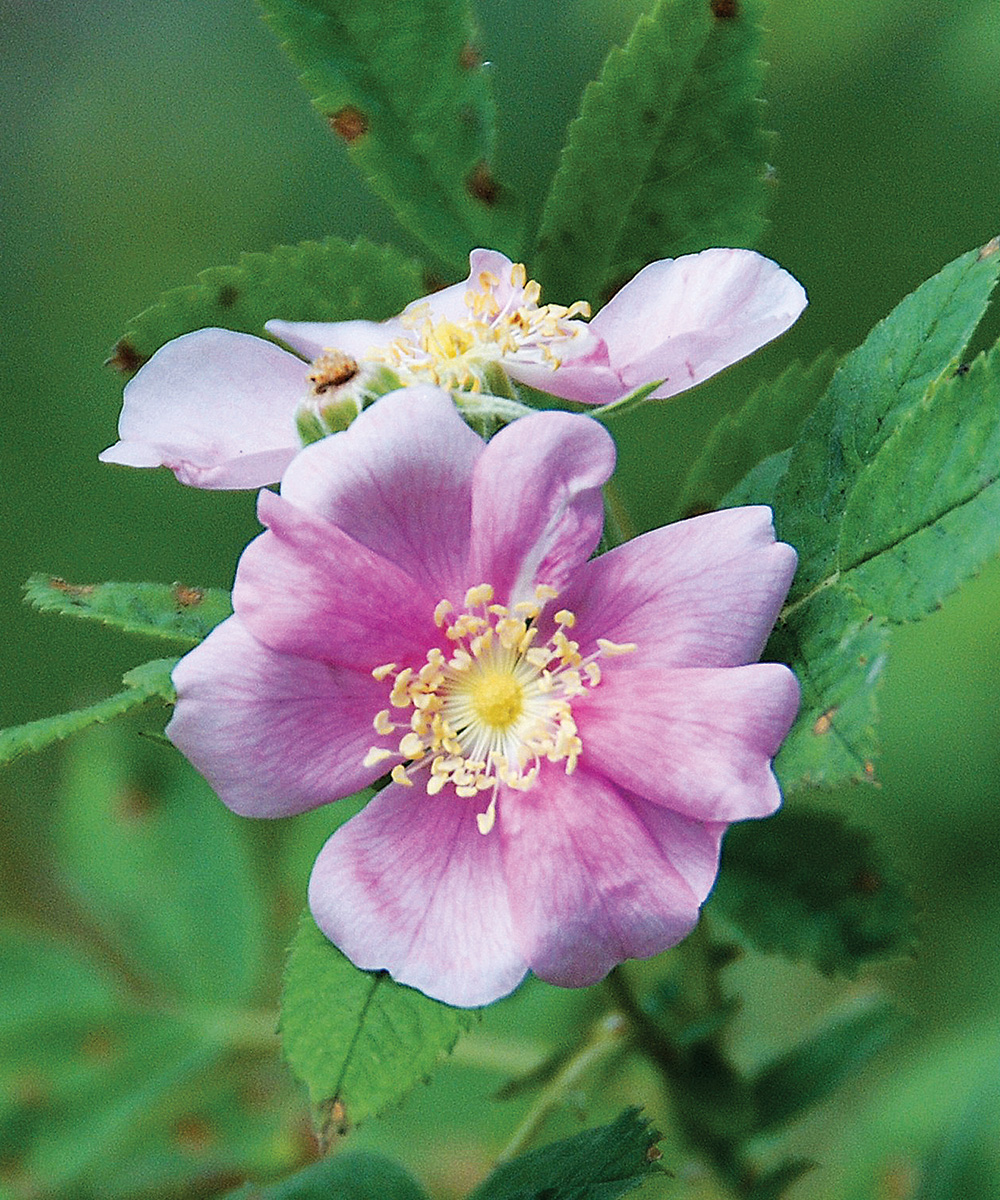
Name: Rosa californica
Zones: 5–10
Size: 6 to 8 feet tall and wide
Conditions: Full sun to partial shade; tolerant of most soil
An excellent, carefree anchor plant for the back of a wide border or distant fence line, California wild rose is among the prettiest and most wildlife-friendly natives you can grow. Its thorny, billowy, multibranched structure provides shelter for ground dwellers plus an impenetrable, secure nesting habitat for birds. The single, fragrant, five-petalled blooms range in color from palest pink to bright magenta and are much loved by honeybees and butterflies. The long, spring-through-summer bloom period is followed by a fall flush of fragrant, bright red rose hips.
2. Sierra Gooseberry
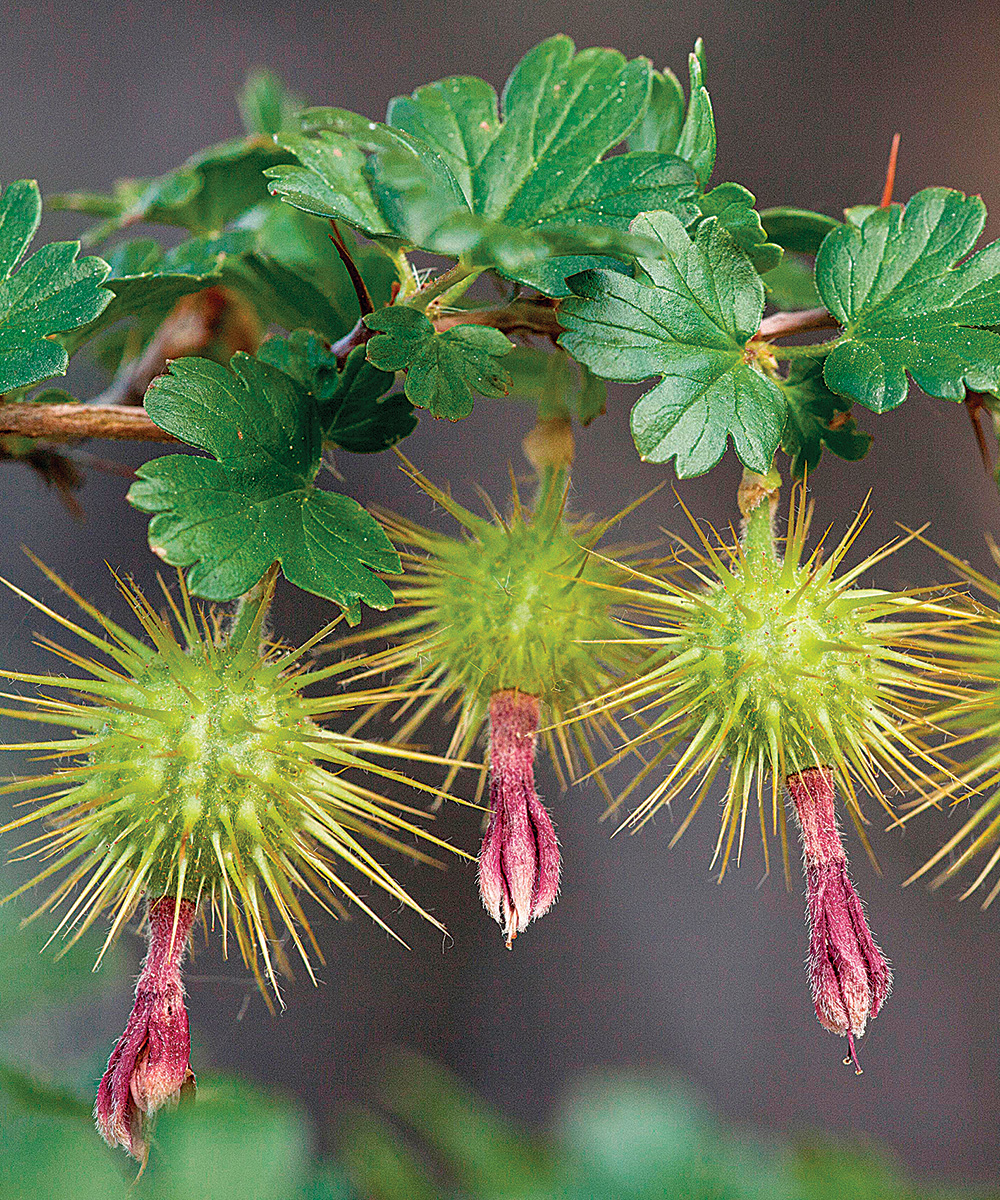
Name: Ribes roezlii
Zones: 5–9
Size: 4 feet tall and wide
Conditions: Partial shade; moist, well-drained soil
An all-season, shade-loving beauty, this showy deciduous shrub bears striking burgundy and white, fuchsia-like flowers in late spring, all suspended below attractive, twiggy brown branches in neat, tidy rows. Round, amber-colored edible berries follow in late summer through fall and are an excellent food source for visiting feathered or furry wildlife. We, too, can enjoy these berries once the little spines are removed. It is an excellent habitat-garden choice with its hummingbird-attracting blooms and juicy berries. It is equally valuable as an ornamental, adding twiggy vertical texture to the winter garden.
3. Blue Elderberry
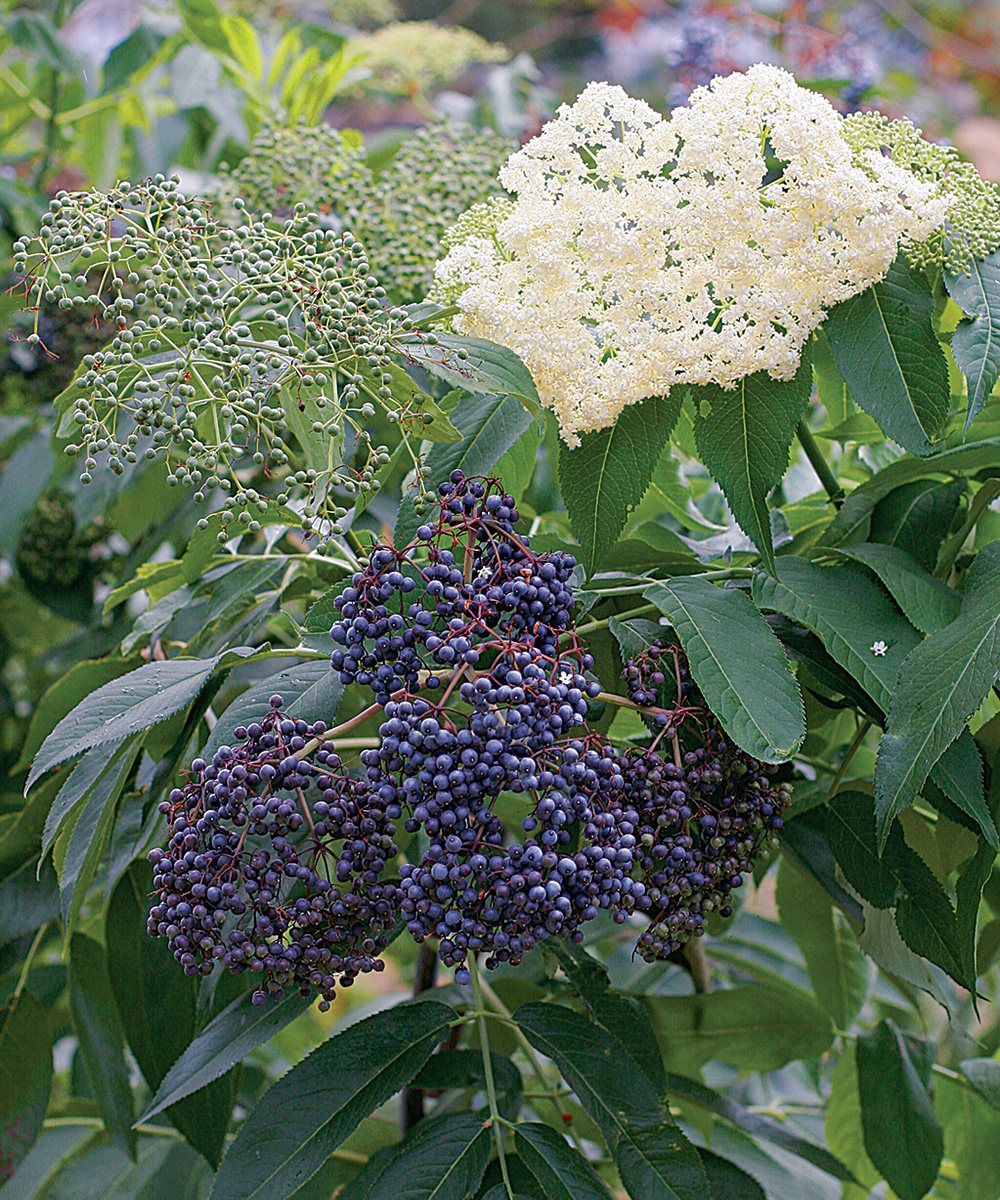
Name: Sambucus nigra ssp. caerulea
Zones: 4–9
Size: 10 to 20 feet tall and wide
Conditions: Full sun to partial shade; moist, well-drained soil
This rangy shrub or small tree is native from the Oregon border down to Baja California. It is deciduous, and its pale mahogany bark contrasts beautifully with the spring flush of leafy green foliage. Clouds of foamy, cream-colored, delicately fragrant blooms are followed by clusters of glossy, deep blue berries. While it’s useful as a fast-growing screen or summer shade provider, blue elderberry’s blooms produce nectar and pollen for butterflies and other beneficial insects, and the late-summer berries are a prime food source for visiting birds and other wildlife.
4. Poached Egg Plant
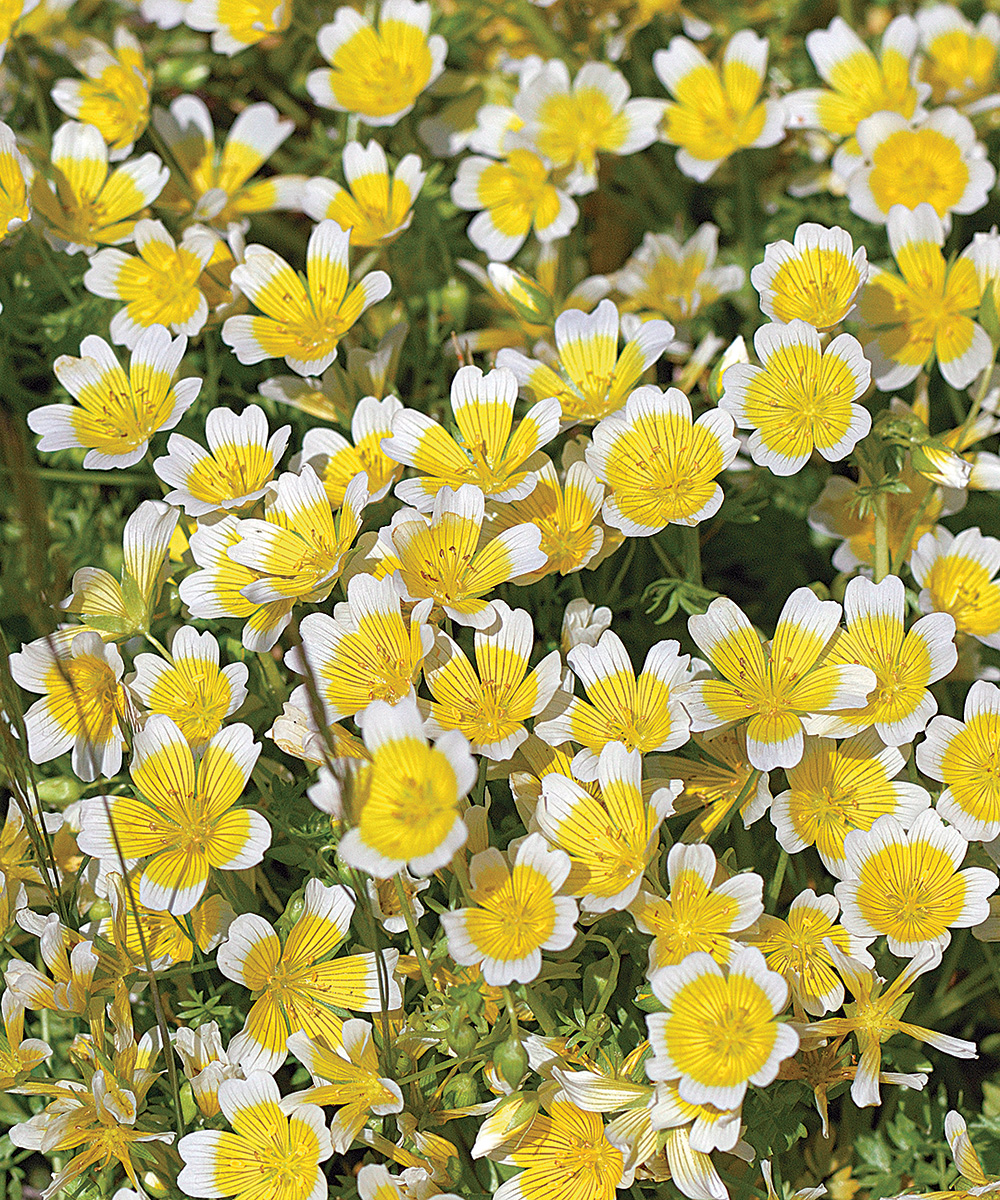
Name: Limnanthes douglasii
Zones: 5–10
Size: 12 to 18 inches tall and 30 inches wide
Conditions: Full sun to partial shade; moist, well-drained soil
This colorful, low-growing plant is graced with shiny green leaves and a springtime show of sweetly scented, extremely charming, two toned lemon-yellow and snowy-white blooms. It is a truly glorious—almost traffic-stopping—event when you chance upon a swath of poached egg plant in its native habitat. It is a superb choice for edging walkways or when massed in the front of any sunny border. It’s also an excellent addition to the edible garden, attracting both beneficial pollinators and a variety of predatory insects to combat crop-damaging pests. It’s easy to grow and reseeds generously.
Fionuala Campion is the nursery manager for Cottage Gardens of Petaluma in northern California.


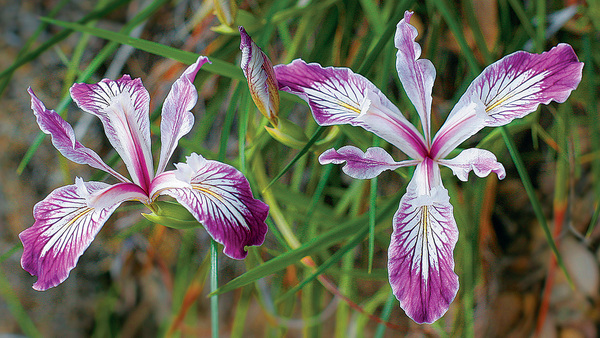

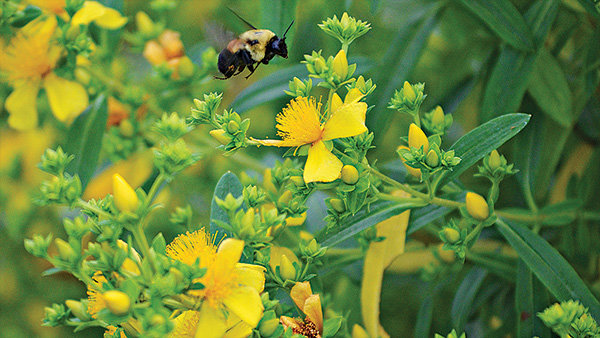













Comments
Log in or create an account to post a comment.
Sign up Log in